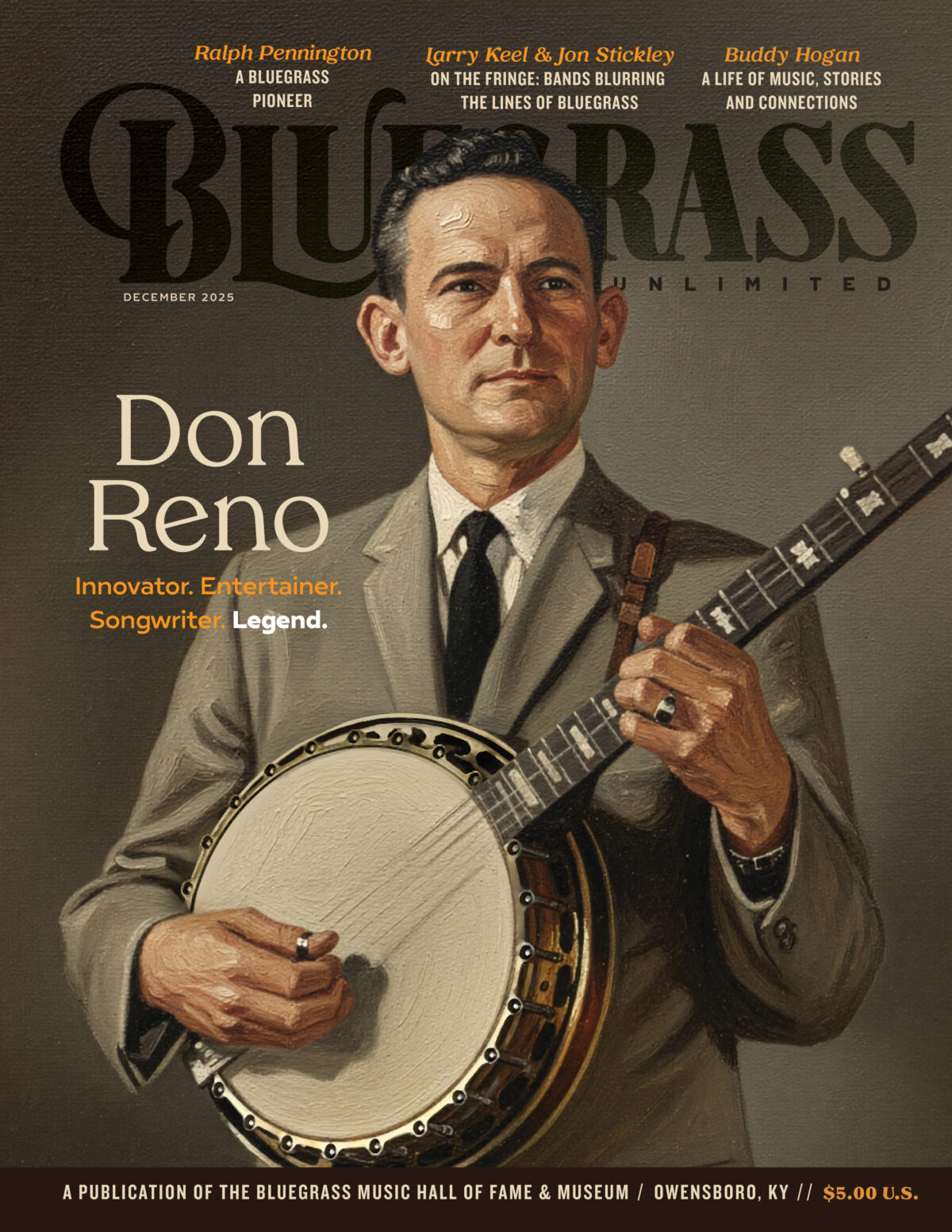HOEDOWNS, REELS, AND FROLICS: ROOTS AND BRANCHES OF SOUTHERN APPALACHIAN DANCE
HOEDOWNS, REELS, AND FROLICS: ROOTS AND BRANCHES OF SOUTHERN APPALACHIAN DANCE—BY PHIL JAMISON—University of Illinois Press 9780252080814. Paperback, b&w photos, $28. (Univ. Of Ill. Press, 11030 S. Langley Ave., Chicago, IL 60628, press.ullinois.edu.)
Written by a nationally known old-time musician, flatfoot dancer, and square dance caller who teaches Appalachian music, dance, and mathematics at Warren Wilson College in Asheville, N.C., this book is meticulously researched, a thorough telling of the story of Appalachian dance, beginning with its European, African-American, and Native-American roots, continuing to modern times.
Perhaps because he’s a dancer himself, Jamison writes in a very engaging, reader-friendly manner which scholars and hobbyists alike should appreciate. He discusses what he calls the “myth of Appalachian isolationism” in an early chapter, arguing that American square dances, step dances, and reels are not the unaltered jigs and reels of the early British settlers as many have previously thought, but rather hybrids that developed over time, incorporating elements from other popular forms of dance. Influential dancing masters and their schools are discussed, as well as social attitudes about religion and dancing, plus chapters on the Virginia Reel, Couple Dances, The Cakewalk, Appalachian Step Dance, Clogging, and the American Square Dance.
Appendices at the end of the book include extensive research notes on each chapter; a glossary of dance terms, figures, and steps; and a comprehensive list of recordings of barn dances with calls from 1924-1933. Charts analyzing the recordings with respect to dance forms, figures, calling styles, and instrumentation are also included, along with a fascinating collection of historical photographs and illustrations.
Jamison does a particularly good job of defining the vocabulary of Appalachian American folk dance in its historical setting. His perspective is passionate, and his finding are sometimes presented with a sense of humor. Highly recommended for use as a textbook for secondary or college-level courses on folk dance or for readers who would simply enjoy learning more about the type of dance that is so often accompanied by the bluegrass and old-time music usually discussed in the pages of Bluegrass Unlimited.NC
